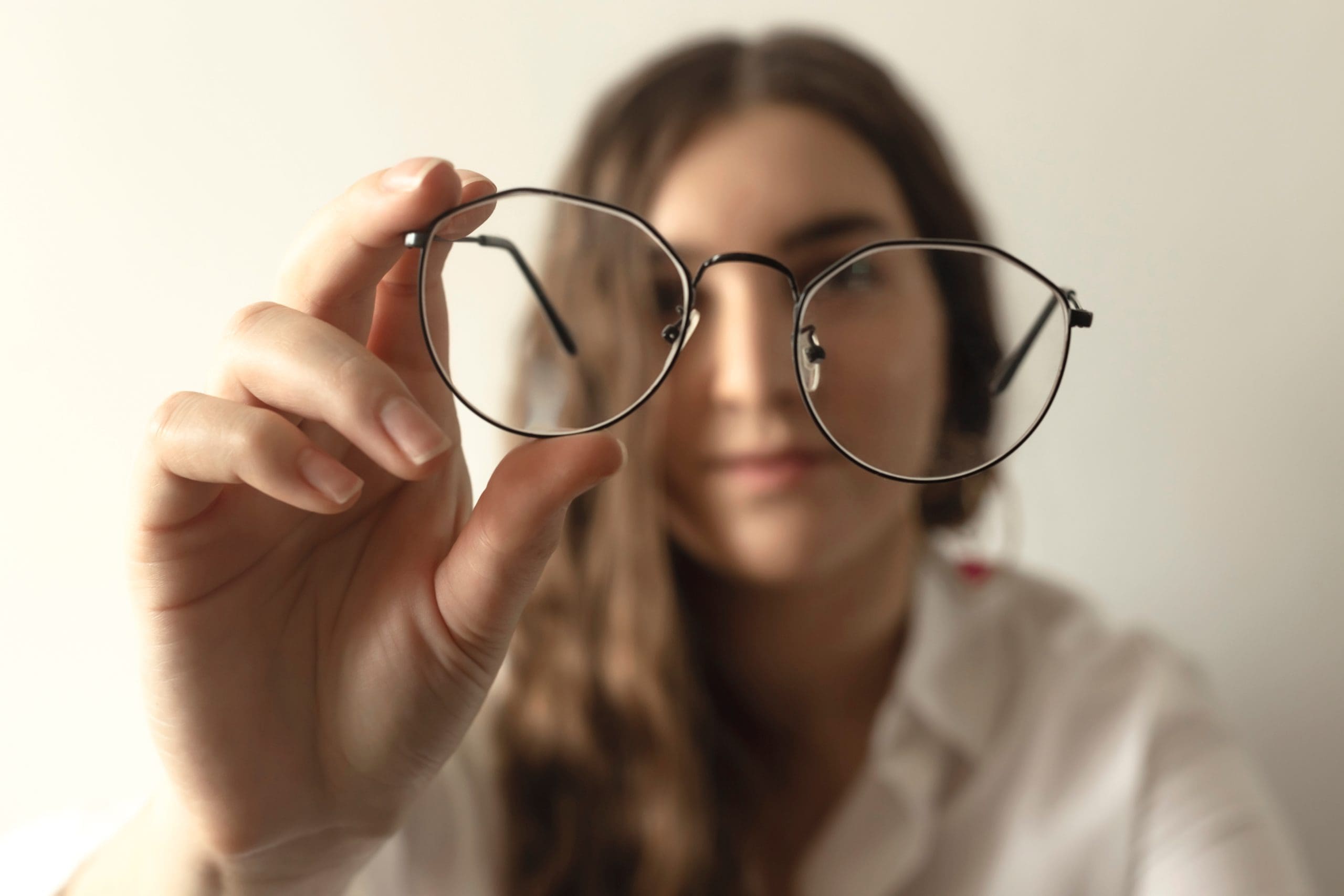Does LASIK Fix Nearsightedness? Let’s Get Real About Ditching Those Glasses
Hey there, fellow vision enthusiasts! Ever found yourself squinting at a restaurant menu like it’s written in hieroglyphics? Or maybe you’ve perfected the “glasses push” so well it’s become a nervous tic? If you’re nodding along, you’ve probably wondered: Can LASIK actually fix Nearsightedness? Spoiler alert: Yes, it can—but let’s peel back the layers (no, not your cornea) and chat about how it works, who it’s for, and why so many of us in the Washington DC area are tossing our specs for good.
Here at Liberty Laser Eye Center in Vienna, Virginia, we’ve spent years helping folks wave goodbye to blurry vision. So grab a coffee, relax, and let’s dive into the nitty-gritty of LASIK—with zero medical jargon and a sprinkle of humor.
What Exactly Is nearsightedness? (And Why Do We Care?)
Nearsightedness—or myopia, if you want to sound fancy at parties—is when your eyeball decides to be a little too enthusiastic. Light entering your eye focuses in front of the retina instead of directly on it, making distant objects look like abstract art. Blame genetics, too much screen time, or that one time you read under the covers with a flashlight as a kid.
The good news? LASIK laser eye surgery is like a GPS for your wayward eyeballs. By reshaping the cornea, it redirects light precisely where it needs to go. Think of it as a permanent “focus fix” button.
How LASIK Kicks nearsightedness to the Curb
Let’s break it down:
- Wavefront Analysis: This isn’t a surfing term. It’s a high-tech map of your eye’s unique imperfections. At Liberty Laser Eye Center, we use this to customize your treatment. No two eyeballs are alike, right?
- Laser Reshaping: The laser gently tweaks your cornea’s curvature. It’s over in minutes, and don’t worry—you won’t feel a thing (thanks, numbing drops!).
- Instant Clarity: Most patients see sharper within hours. Take that, blurry street signs!
Fun fact: LASIK’s success rate for nearsightedness hovers around 96%. Not too shabby for a 15-minute procedure!
But Wait—What About Astigmatism or Farsightedness?
LASIK isn’t a one-trick pony. It can also tackle:
- Astigmatism (when your cornea resembles a football instead of a basketball)
- Farsightedness (hello, arm’s-length reading glasses)
- Presbyopia (enter PresbyLASIK, the over-40 crowd’s BFF)
Not a candidate? Don’t panic. We’ve got alternatives like Advanced PRK Surgery or Topography-Guided LASIK for tricky corneas.
“Am I even a Candidate?” Let’s Find Out
Here’s the deal: LASIK isn’t for everyone. You’ll need:
- A stable prescription for at least a year (no wild fluctuations!)
- Healthy corneas (no Keratoconus—though we offer Corneal Cross-Linking if that’s your jam)
- Realistic expectations (sorry, it won’t give you Superman’s X-ray vision)
Pro tip: Start with an Annual Eye Exam. It’s like a physical for your peepers and the first step toward LASIK eligibility.
LASIK Recovery: Netflix, Naps, and No Rubbing
Worried about downtime? Here’s the lowdown:
- Day 1: Rest, use prescribed drops, and binge that show you’ve been avoiding.
- Week 1: Avoid pools, makeup, and aggressive pillow fights.
- Month 1: Most folks are cleared for contact sports (but maybe skip the MMA).
Side note: Dry eyes? Common, but temporary. We offer Dry Eye Treatment to keep things comfy.
“But How Much Does LASIK Cost?” Let’s Talk Numbers
LASIK isn’t a one-price-fits-all deal. Factors like your prescription complexity and tech used (looking at you, Wavefront) play a role. Average cost? Between $2,000-$3,500 per eye.
Why choose us? At Liberty Laser Eye Center, we offer flexible financing because 20/20 vision shouldn’t require a lottery win.
Finding the Best LASIK Surgeon Near You
Googling “LASIK doctors near me”? Keep these in mind:
- Reviews: Real patient stories don’t lie.
- Experience: Would you trust a rookie with your eyeballs? Exactly.
- Tech: Topography-guided lasers > dusty old equipment.
Shameless plug: Our team in Vienna, Virginia, serves Washington DC with cutting-edge tech and zero pressure. Come for the consultation; stay for the life-changing results.
LASIK FAQs: Your Burning Questions, Answered
| Question | Answer |
|---|---|
| Does LASIK hurt? | Nope! You’ll feel pressure, but pain? Nah. |
| What if I blink during surgery? | We use a gentle holder. Blink away, friend. |
| Can LASIK fix Presbyopia? | PresbyLASIK can, but monovision might be your jam. Let’s chat! |
| How long do results last? | Most enjoy decades of clarity. Aging happens, but we’ve got touch-ups. |
Ready to See the World in HD?
So, does LASIK fix Nearsightedness? Absolutely—and it’s one of the most rewarding “quick fixes” we offer at Liberty Laser Eye Center. Whether you’re in Washington DC or just searching for the nearest LASIK wizard, remember: life’s too short for foggy glasses or lost contacts.
Final thought: If you’re over squinting at subway maps or paying the “forgot my glasses” tax at restaurants, maybe it’s time to take the leap. Schedule a consultation with us, and let’s turn “What’s that sign say?” into “Wow, is that really how crisp leaves look?”
P.S. Annual Eye Exams aren’t just for your grandma. Book yours today—it’s step one toward ditching those frames for good. 😉


